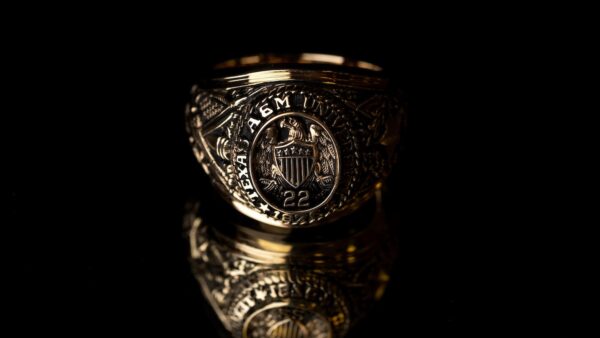Aggies Working To Protect One Of Nature’s Most Critical Species, The Honey Bee

During the first lecture Juliana Rangel gives in her honey bee biology class, she asks Texas A&M University undergraduates if they enjoy eating fruits, vegetables and nuts. After they answer “yes,” Rangel then asks students if they know where their food comes from.
Honey bees are responsible for pollinating approximately one third of the food we eat – particularly the fruits and vegetables that make up a balanced diet. “That catches their attention, because typically they don’t know that honey bees are really important for the food they eat on a daily basis,” Rangel said. “And then we start thinking about pollination at a greater scale.”
Rangel is an associate professor of apiculture in the College of Agriculture and Life Sciences’ Department of Entomology. In addition to teaching students about honey bees and beekeeping, she runs Texas A&M’s Honey Bee Lab.
There, researchers like Rangel are studying the factors that affect honey bee health. And there are many – pesticides, landscape changes, poor nutrition and sick queens, to start. They’re also looking into a mite that weakens the bees and transmits associated viruses. Varroa mites are the number one problem faced by honey bees today, Rangel said.
Rangel and her students investigate these issues at the laboratory located at Texas A&M’s RELLIS Campus. In addition to the research projects run by graduate students, the Janice and John G. Thomas Honey Bee Facility is also the site of honey harvesting and extraction each year.
Depending on the time of year and the projects being conducted, the apiary is home to 30 to 80 different colonies.

In years when there’s ample floral nectar supply, honey from a few of those colonies is harvested and bottled for sale at the Rosenthal Meat Center on campus. All proceeds go toward funding the lab’s research.
“It’s also a good talking point to engage people and tell them about our research program and the importance of honey bees and honey,” Rangel said. “It comes from the wild plants and wildflowers surrounding the RELLIS Campus, and it’s all harvested, extracted, bottled and labeled by undergraduate and graduate students in our program.”
This year, about 50 gallons of honey were harvested from the lab’s colonies.
Students in her Introduction to Beekeeping class also get to work with bees hands-on. Rangel said they learn how to build their own hives and frames, and start their own colonies with about three pounds of worker bees and one queen. For the rest of the semester, students monitor the growth of their colonies.
“It’s really gratifying to see students grow from knowing nothing about beekeeping to building their own hive and seeing the colony grow until they have a new brood,” she said. “There are new adults, new drones and new workers coming up, so it’s quite fun to see them grow that way.”
It’s all part of the lab’s mission to both educate students about beekeeping and learn more about bee biology.
“It’s incredibly important, not just for saving their populations, but also to understand the intricate networks that occur between pollinators and the plants they feed on,” Rangel said.
Learn more on the lab’s website.
Media contact: Caitlin Clark, caitlinclark@tamu.edu



